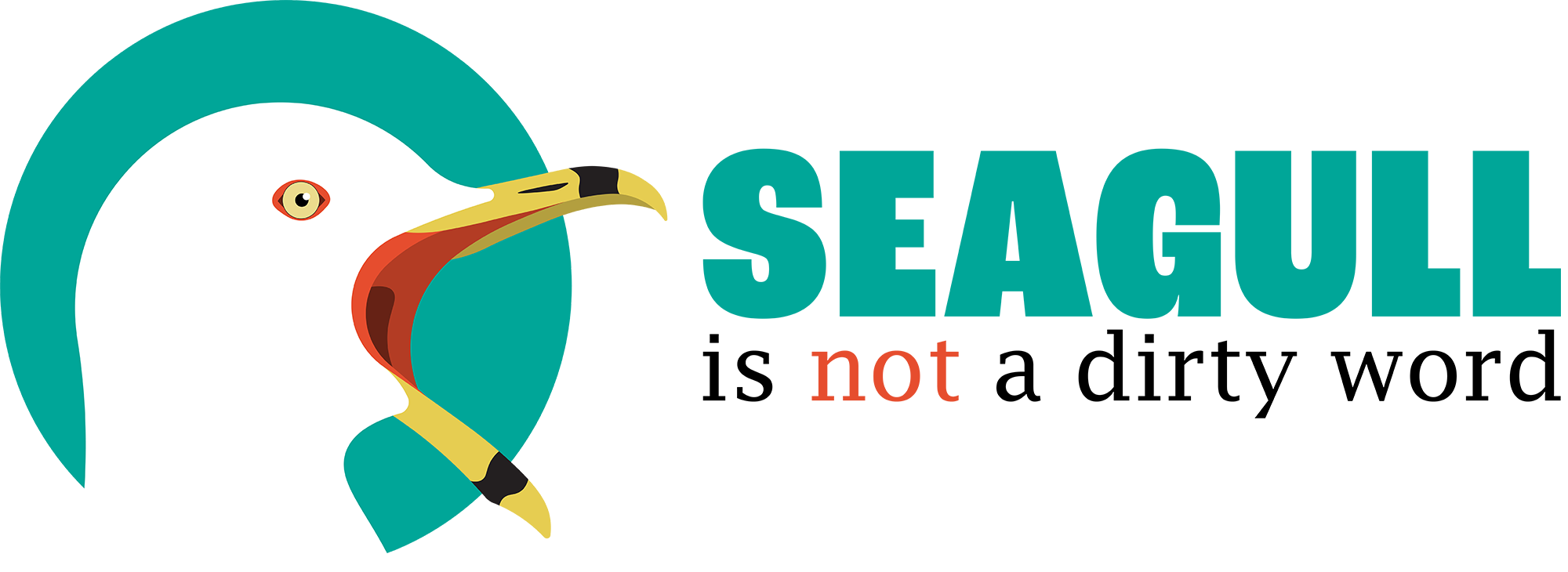A very long time ago – like nine months – I made some opinions about The State of Birding, and the Weirdos Who Do It. Those opinions included a few brief thoughts on birding apps, and at the time I thought I would later expand on those thoughts in a post of their own. Then I forgot about them.
Now as I sit here, winding down from spring migration madness and having been neck-deep in birders for the last few weeks, I am reminded of those long-ago notions. Actually, having seen birding apps in frequent use every day for a fortnight-and-a-half1, they are more front-of-mind than they were nine months ago.
I should explain that the birding apps I’m interested in, for the purposes of this rant disguised as a friendly opinion piece, are the ones that identify things for you. These apps look at a photo or listen to a sound and give you their best guess at the species therein. Merlin, Google Lens, and Seek are probably the biggest contenders.
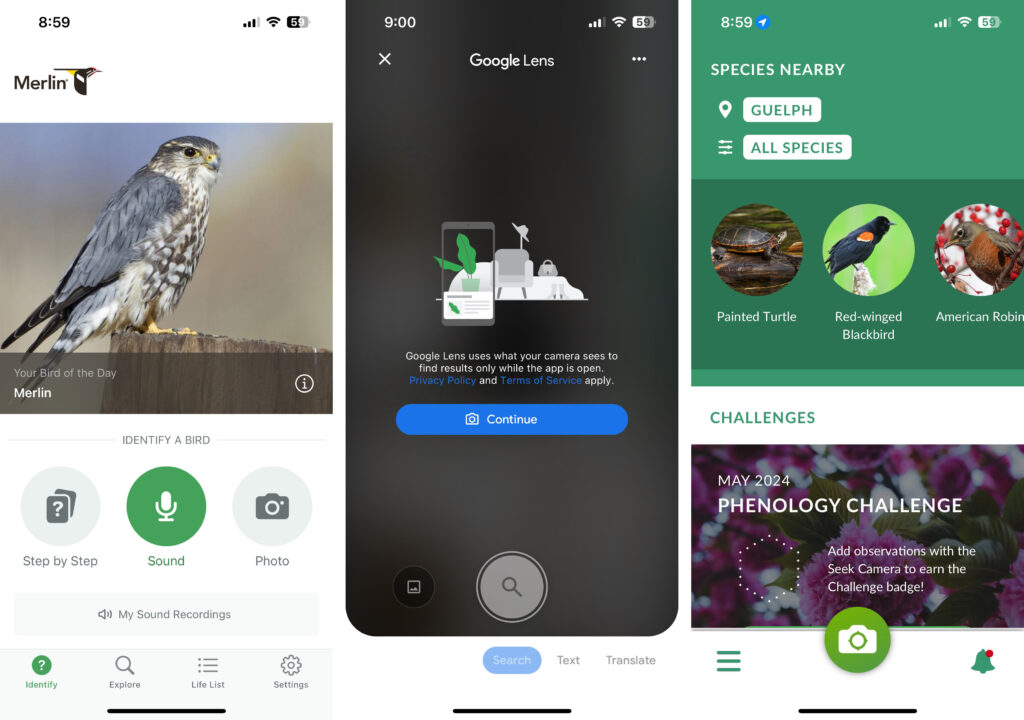
I should also explain that I’m not here to tell people they shouldn’t use the apps at all. That would be a very short post indeed, and short posts are not something I do2. I think these apps are amazing. I use them myself. But I also think that, like any tool, there are good ways and less-good ways to do so. You wouldn’t use a hammer to chiffonade some basil, would you?
I think what the world needs3 is a practical guide to using birding apps. Some DOs and DON’Ts, if you will. Ergo, here are my DOs and DON’Ts of using birding apps:
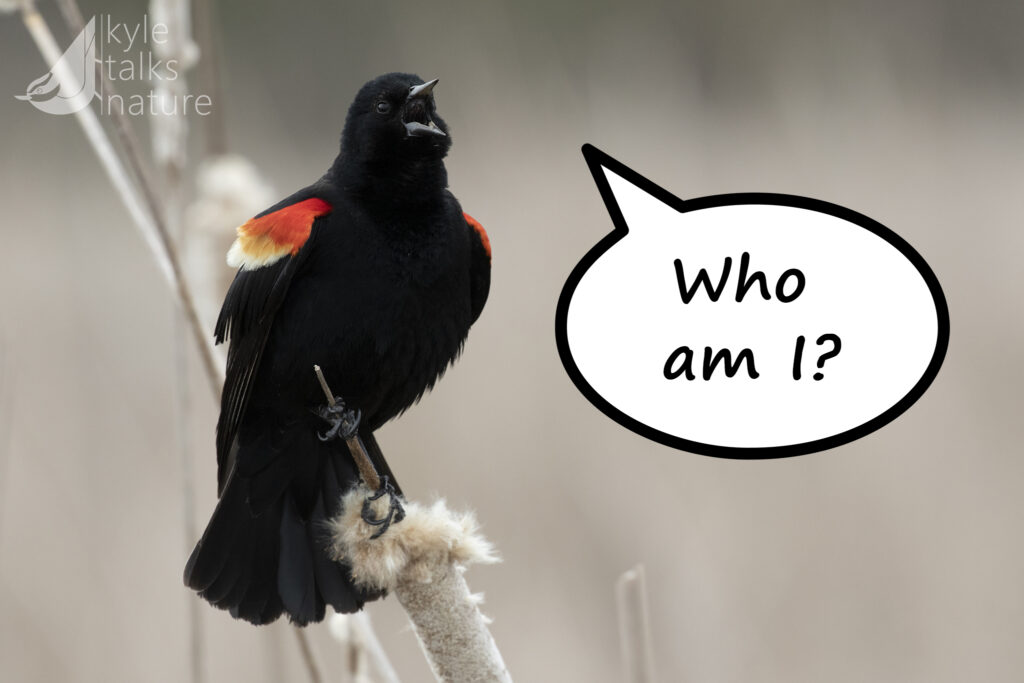
DO marvel at the technology that fuels these apps. I wouldn’t claim to know how they work, but I am always impressed. I’m impressed at how quickly they generate results, at how accurate they often are, and how sensitive my phone’s microphone apparently is. The black magic that powers my device is more powerful than ever, and I’m not even scared. It is truly an incredible time to be alive.
DON’T take their answers as gospel. These apps are good and getting better, but they are far from infallible and sometimes they get it wrong. I have seen it happen with some regularity4. They struggle with variations in songs, sub-optimal photos, species that mimic, and all manner of other challenging scenarios. Just because Merlin says something, doesn’t make it right.
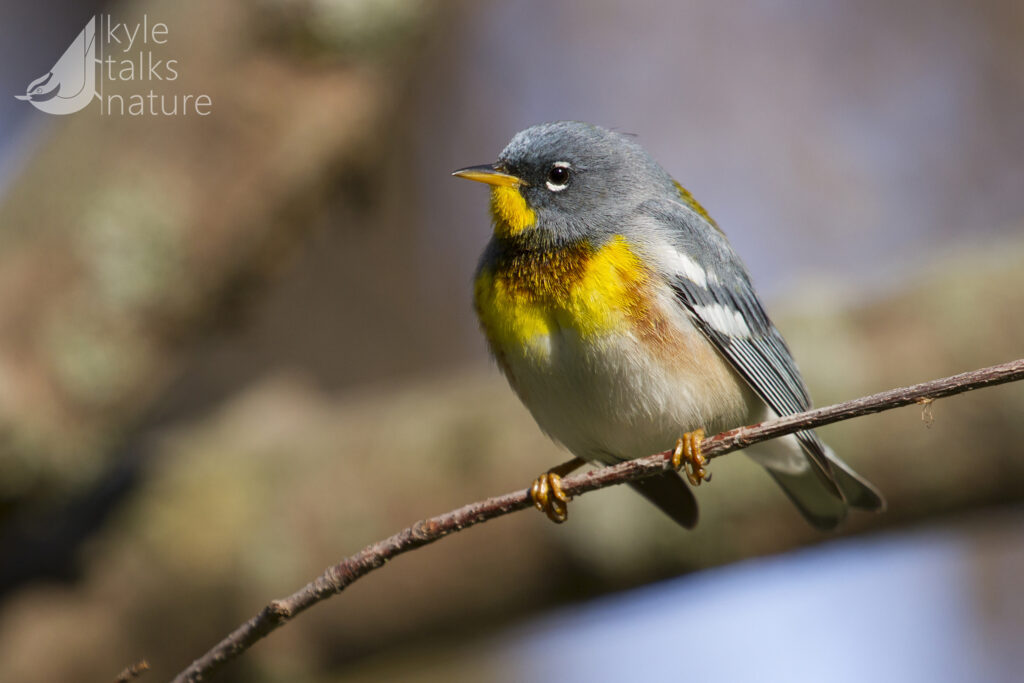
On that note, DON’T submit observations to citizen science or research projects (like eBird or breeding bird atlases) of things you used an app to identify, but did not confirm via other means. Since the apps are sometimes wrong, you may be submitting dubious records with no way to check or verify them. This will make reviewers unhappy.
DO use the apps as a learning tool. They are incredible for this purpose, but so few people use them this way. Rather than getting a bunch of answers from the apps and moving on, use them to check hunches and train your eyes or ears. Take your best guess first, then open the app to see if you were right. Make a game out of it, and try to do better today than yesterday. Apps can make you a better birder or a lazy one, depending what you do with them.
DON’T use apps when you are on a guided walk or tour. I almost hedged on this one, but I’m leaning into it. You wouldn’t go to the doctor’s office and open WebMD (hopefully). If you have paid good money for a birding guide, put the phone away and have the experience you paid for. Your guide likely has a plan or strategy for your day that doesn’t include chasing that thing Merlin heard a mile away. Let them curate, apply the skills they spent years honing, and provide you the best experience they can.
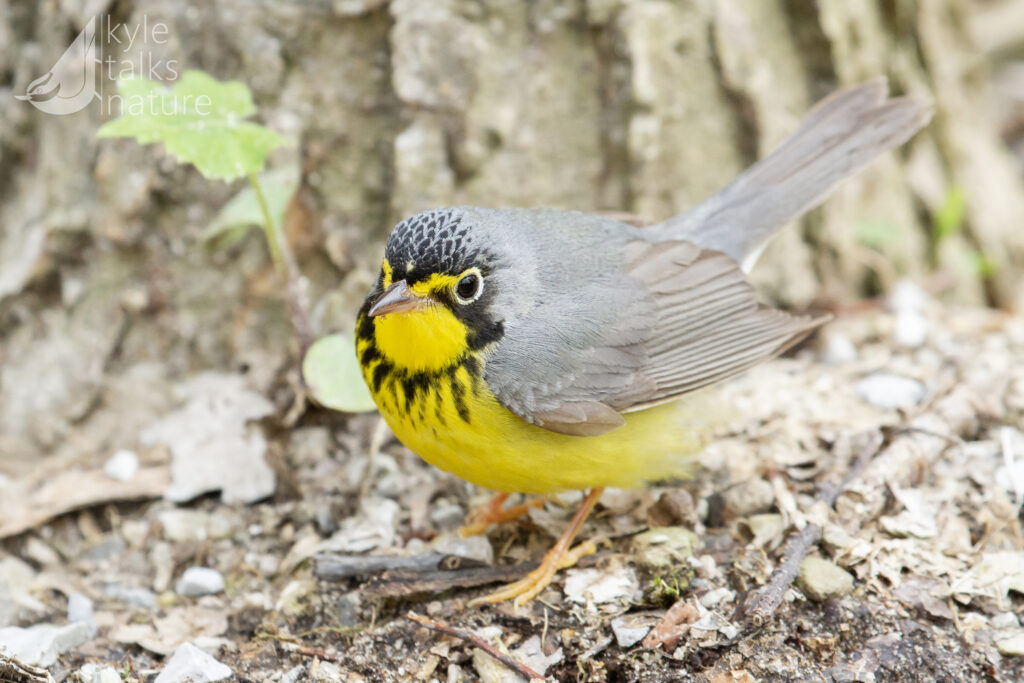
DO use apps as a piece of the identification puzzle. While apps shouldn’t be used as the sole source of a bird ID, they can be like a second or third opinion when you’re unsure. If you think something, and the app thinks the same, and your buddy Dave agrees, you really are building a nice consensus. It’s much more an arrow in your quiver than a nuclear bomb.
DON’T use apps to provide identifications for others in online birding groups. If somebody asks “what kind of bird is this?”, don’t respond with “Google Lens says it’s a Song Sparrow”. The asker also has access to the technology and could have performed this operation themselves, and you don’t know if the app is correct. If you can’t provide a helpful answer based on information you know, best to leave it for somebody else who can.
DO enjoy using birding apps, but remember that birding is all about the birds! Walking down a trail holding your phone in the air is way less exciting (to me, anyway) than exploring, searching, looking, listening, and experiencing birds in nature. Actually hearing the fluting masterpiece of the Wood Thrush is a thousand times better than watching its name light up on a screen. Don’t let the technology distract you from what really matters.
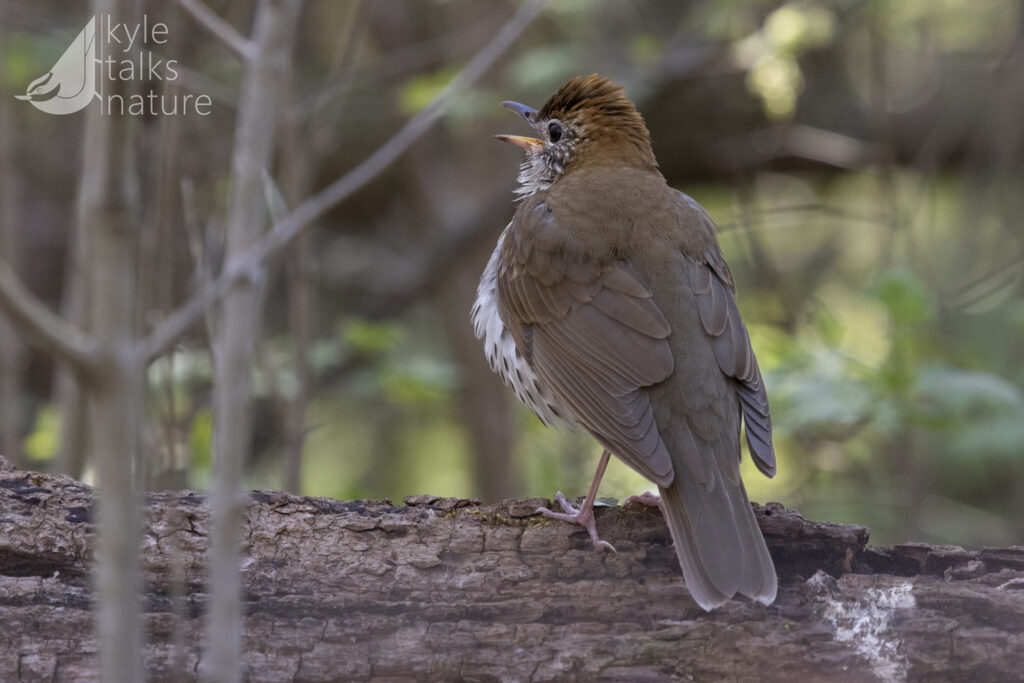
There you have it, problem solved. You’re welcome. Which of the world’s many issues should I take on next? I’m working on a solution for RVs on public roads, but Amazon won’t fill my order for an industrial-scale can crusher.
1 I don’t know how long that is but it sounded right.
2 Sorry.
3 I know so many things the world needs, but let’s start here.
4 I was once leading a birding group and a participant insisted Merlin was hearing a Cerulean Warbler. I tracked down the source of the sound, and watched it coming out of the beak of a Northern Parula as Merlin lit up Cerulean. To this day I’m convinced the participant didn’t believe me.
